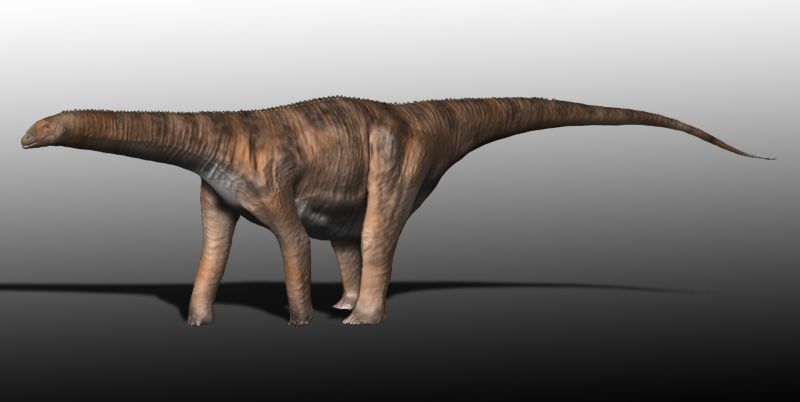The Whale Lizard
Cetiosaurus, meaning “whale lizard,” was a genus of sauropod dinosaur that lived during the Middle Jurassic period, approximately 166 million years ago.

| Meaning | Whale lizard [Cetio-saurus] |
| Pronunciation | SEE-tee-oh-sore-us |
| When: | Middle Jurassic (about 167–164 million years ago) |
| Where: | Europe (United Kingdom) |
| What: | Sauropod (herbivorous) |
| Weight: | Estimated around 10–15 metric tons |
| Length: | Approximately 16 meters (52 feet) |
| Diet: | Herbivorous (ate vegetation) |
| Discovered: | First described by Richard Owen in 1841 |
Discovered in England, Cetiosaurus was one of the earliest known sauropods and played a significant role in understanding the evolution of these colossal herbivores.
Cetiosaurus was characterized by its long neck and tail, massive body, and large, barrel-shaped chest.
It reached lengths of about 15-20 meters (50-65 feet) and weighed several tons, making it one of the largest land animals of its time.
Despite its immense size, Cetiosaurus was a herbivore, feeding on plants and vegetation in its lush, Jurassic environment.
Fossils of Cetiosaurus have been found in marine sediments, suggesting that it may have occasionally ventured into coastal areas.
